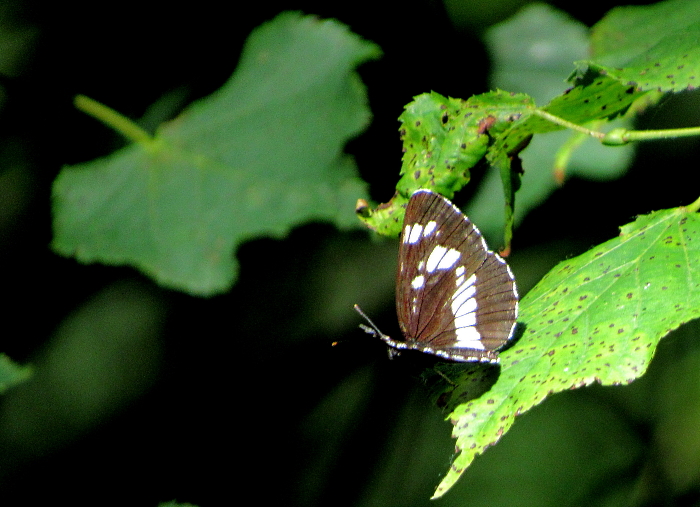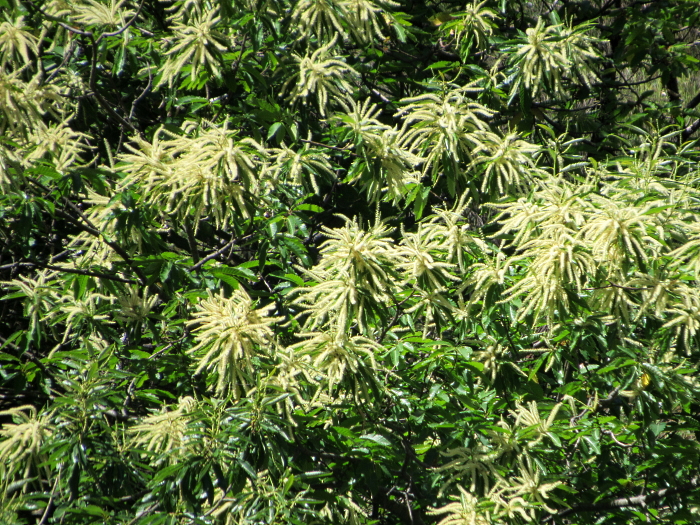Neptis rivularis
HOME

Italy, July 2013

Italy, July 2013

Italy, June 2017

Italy, June 2017

Italy, June 2017
Refresh page if pictures don't load fully:

Italy, July 2013

Italy, July 2013

Italy, June 2017

Italy, June 2017

Italy, June 2017

June 2007, Italy

June 2007, Italy

June 2007, Italy

The foodplant, goatsbeard, June 2007, Italy

The foodplant, June 2017, Italy

Distribution